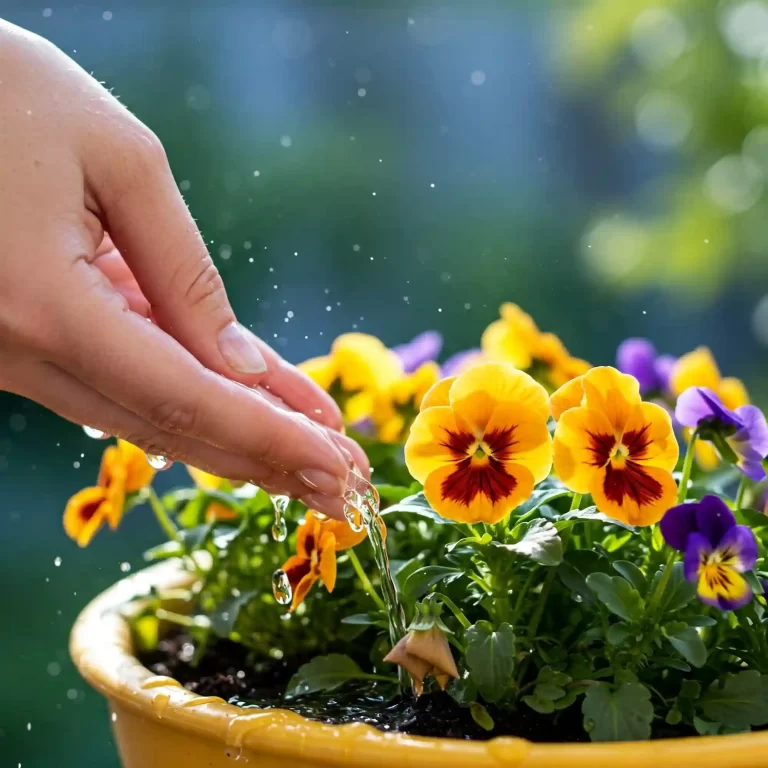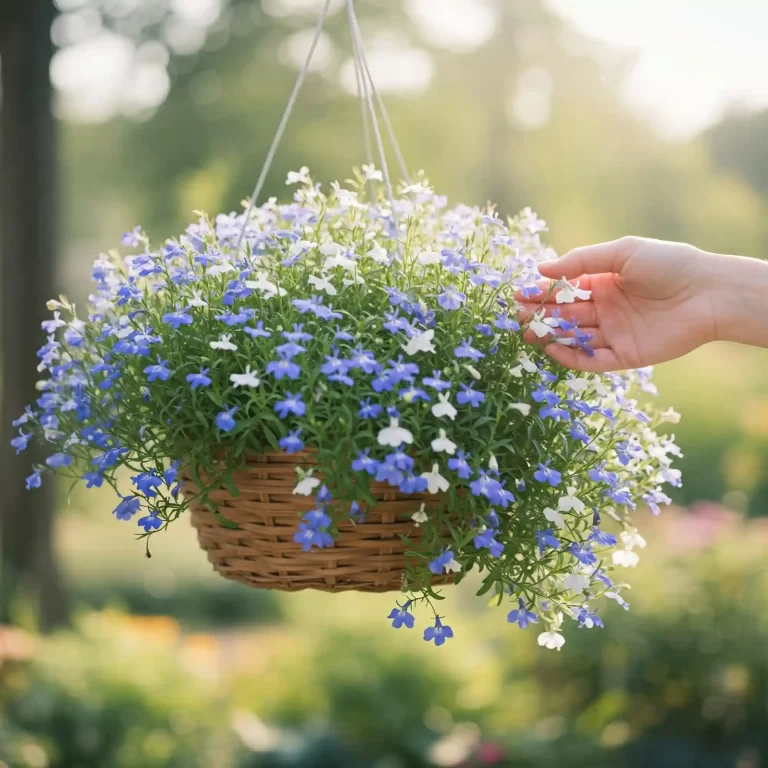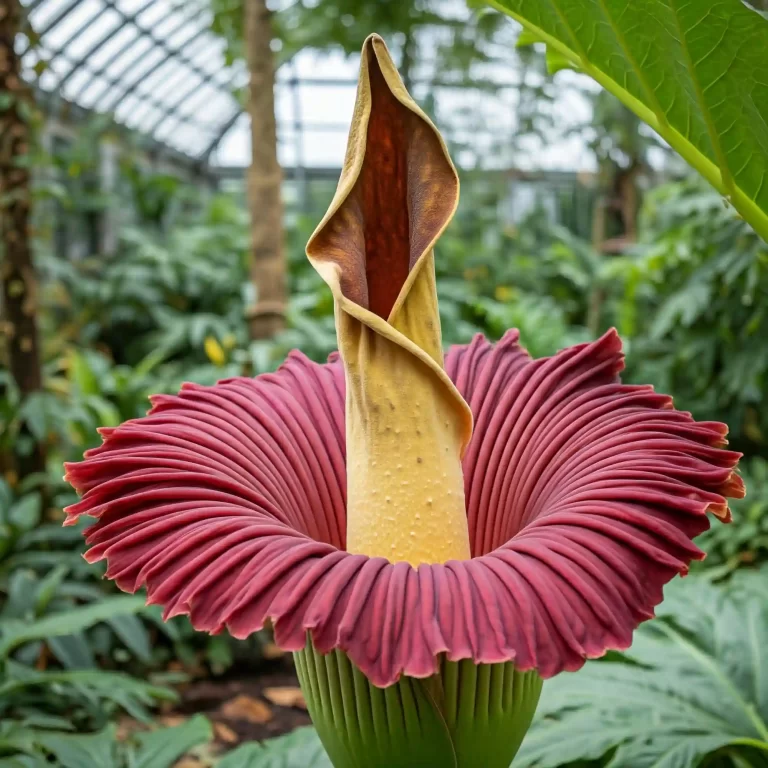Wild daisies, with their cheerful faces and unassuming elegance, have captivated hearts for centuries. These low-maintenance bloomers not only add a touch of whimsy to your garden but also attract beneficial pollinators like butterflies and bees. Whether you’re a seasoned gardener or just starting, incorporating wild daisies into your landscape is a guaranteed path to a vibrant and flourishing haven.
This comprehensive guide delves into everything you need to know about cultivating these charming wildflowers. We’ll explore planting methods, essential care tips, and techniques to keep your wild daisies thriving throughout the season.
Unveiling the Allure of Wild Daisies
Wild daisies, encompassing various species within the Asteraceae family, are a diverse group of flowering perennials. Characterized by their bright, daisy-shaped flowers with central yellow discs and white ray petals, they bring a touch of effortless charm to any garden. Beyond their aesthetic appeal, wild daisies boast several advantages:
- Low-Maintenance: They require minimal care, making them a perfect choice for busy gardeners.
- Drought-tolerant: Adapted to withstand dry spells, they thrive with occasional watering.
- Pollinator Magnets: Their nectar attracts butterflies, bees, and other beneficial insects, promoting a healthy garden ecosystem.
- Easy Propagation: They readily spread through seeds or root division, allowing you to expand your daisy haven effortlessly.
Selecting the Perfect Spot for Your Wild Daisies
Choosing the ideal location sets the stage for your wild daisies to flourish. Here are some key factors to consider:
Sunlight: Wild daisies generally prefer full sun, receiving at least 6-8 hours of direct sunlight daily. However, they can tolerate some light shade, particularly in hotter climates.
Soil: Well-draining soil is crucial. Wild daisies struggle in soggy conditions, so ensure your chosen spot has good drainage. Amending clay soil with sand or compost can improve drainage.
Space: Consider the mature size of your chosen wild daisy variety when allocating space in your garden bed.
Planting Strategies for Flourishing Wild Daisies
There are two primary methods for establishing wild daisies in your garden: planting from seeds or dividing existing plants.
Sowing Seeds for a Carpet of Wild Daisies
- Timing: Sow seeds directly outdoors in early spring once the soil temperature reaches around 70°F (21°C). Alternatively, you can sow seeds indoors 6-8 weeks before the last frost date and transplant seedlings outdoors later.
- Preparation: Scatter seeds lightly over the prepared soil surface and gently press them in.
- Light: Wild daisy seeds require light for germination. Don’t bury them deeply; a light covering of soil is sufficient.
- Watering: Keep the soil consistently moist, but not soggy, during the germination period.
Dividing Established Plants – The Simplest Approach
- Timing: Divide established wild daisy plants in early spring or fall when the soil is cool and moist.
- Selection: Choose healthy, mature plants.
- Digging Up the Plant: Carefully dig up the entire plant with a shovel, ensuring you get the entire root ball.
- Division: Using a sharp knife or trowel, divide the root ball into several sections, each with healthy roots and shoots.
- Planting: Replant the divisions in your chosen locations, ensuring the crown (the point where the roots and stems meet) sits slightly above the soil surface. Water thoroughly after planting.
Wild Daisy Seed Sowing Timeline
| Stage | Timeline |
| Sow seeds outdoors | Early spring (when soil temperature reaches 70°F) |
| Seeds germinate | 7-14 days |
| Seedlings emerge | 2-3 weeks after germination |
| Plants mature and flower | Varies depending on the variety (generally within the first year) |
Tools and Materials for Planting Wild Daisies
| Tool/Material | Use |
| Seeds | Choose your desired wild daisy variety. |
| Gardening gloves | Protect your hands while handling plants and soil. |
| Shovel or trowel | For digging and dividing plants. |
| Rake | To prepare the planting bed. |
| Watering can | For watering seeds and seedlings. |
| Compost | Amending soil for improved drainage and nutrients. |
Nurturing Your Wild Daisies for Continuous Blooms
Once your wild daisies are established, providing them with basic care will ensure they thrive and reward you with a season-long display of cheerful blooms.
Watering: While wild daisies are drought-tolerant, they benefit from occasional watering during dry spells, particularly during the establishment period and hot summer months. Aim to water deeply at the base of the plant, allowing the soil to dry slightly between waterings.
Feeding: Fertilization is generally not necessary for wild daisies, especially if planted in fertile soil. However, if your plants appear weak or lackluster, a light application of organic fertilizer in early spring can provide a boost.
Deadheading: Regularly removing spent flowers (deadheading) encourages continuous blooming throughout the season. Simply pinch off the wilted flower head just below the stem.
Winter Care: Most wild daisy varieties are cold-hardy and require minimal winter protection. In colder climates, you can apply a light layer of mulch around the base of the plants to provide insulation for the roots.
Propagation Power: Expanding Your Wild Daisy Haven
The beauty of wild daisies lies in their ease of propagation. You can readily multiply your existing plants through two methods: seed saving and root division.
Saving Seeds for Future Generations of Wild Daisies
- Timing: Allow some flower heads to mature and dry on the plant in late summer or fall.
- Identifying Mature Seeds: The seeds turn brown and develop a feathery pappus (the parachute-like structure) when ready for harvest.
- Collection: Carefully cut the dried flower heads and place them in a paper bag. Gently shake the bag to dislodge the seeds.
- Storage: Store the seeds in a cool, dry place in a sealed container until planting time the following spring.
Tips for Successful Seed Saving
- Leave only a few flower heads on the plant to go to seed. This ensures the plant directs its energy towards seed production rather than continued flowering.
- Label your saved seeds with the variety name and collection date.
Root Division – A Quick Way to Multiply Your Daisies
- Timing: Divide established wild daisy plants in early spring or fall when the soil is cool and moist.
- Process: Refer to the instructions for dividing existing plants mentioned earlier (under “Planting Strategies for Flourishing Wild Daisies”).
Common Challenges and Solutions for Wild Daisies
While generally low-maintenance, wild daisies can be susceptible to a few common issues. Let’s explore some potential problems and their solutions:
- Slugs and Snails: These pests can munch on leaves and flowers. Apply organic slug and snail control methods like handpicking or using diatomaceous earth.
- Powdery Mildew: This fungal disease appears as white powdery spots on leaves. Improve air circulation around plants and remove affected leaves. In severe cases, you may need to apply a fungicide suitable for organic gardening.
Enjoying the Rewards of Your Wild Daisy Haven
Wild daisies offer a delightful combination of beauty and ease of care. By following these simple guidelines, you can cultivate a vibrant tapestry of these charming wildflowers in your garden. Remember, their resilience and low-maintenance nature make them a perfect choice for busy gardeners or those new to the world of cultivating plants. So, embrace the cheerful spirit of wild daisies and let them add a touch of effortless charm to your outdoor space!
Conclusion: A Symphony of Wild Daisies in Your Garden

Wild daisies, with their unpretentious beauty and resilience, weave a captivating tale within your garden. They offer a multitude of benefits:
- Aesthetic Delight: Their cheerful blooms and effortless charm enhance the visual appeal of your garden.
- Pollinator Haven: They attract butterflies, bees, and other beneficial insects, promoting a healthy ecosystem.
- Low-Maintenance Marvels: They require minimal care, thriving with occasional watering and minimal intervention.
- Easy Propagation: They readily spread through seeds or root division, allowing you to expand your wildflower paradise.
Beyond their practical advantages, wild daisies evoke a sense of tranquility and connection with nature. Their simple elegance adds a touch of whimsy to any garden, transforming it into a haven for relaxation and visual delight.
So, why not invite these delightful wildflowers into your garden and witness their captivating magic unfold? With a little planning and basic care, you can cultivate a flourishing tapestry of wild daisies that will bring joy and beauty to your outdoor space for seasons to come.



